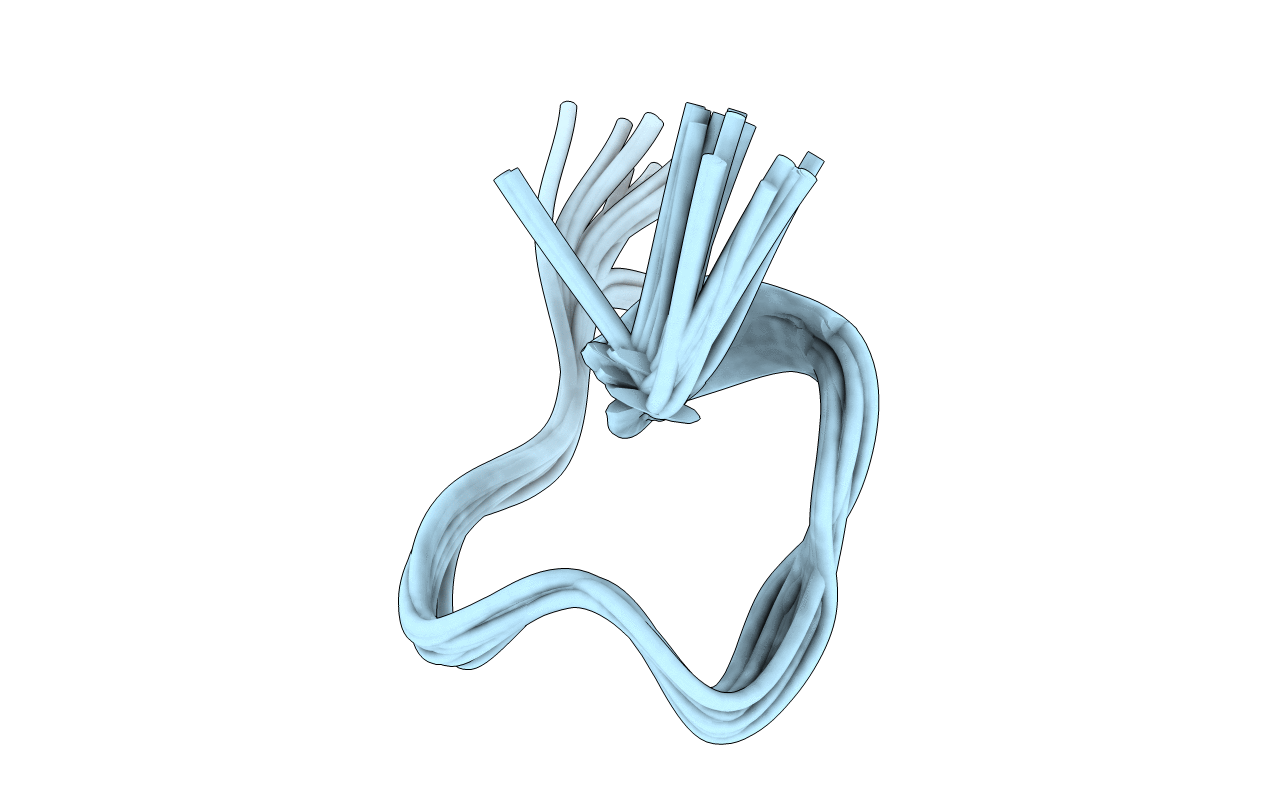
Deposition Date
2014-08-31
Release Date
2014-11-26
Last Version Date
2023-12-27
Entry Detail
PDB ID:
2MTT
Keywords:
Title:
Non-reducible analogues of alpha-conotoxin RgIA: [3,12]-cis dicarba RgIA
Biological Source:
Source Organism:
synthetic construct (Taxon ID: 32630)
Method Details:
Experimental Method:
Conformers Calculated:
100
Conformers Submitted:
20
Selection Criteria:
structures with the lowest energy


